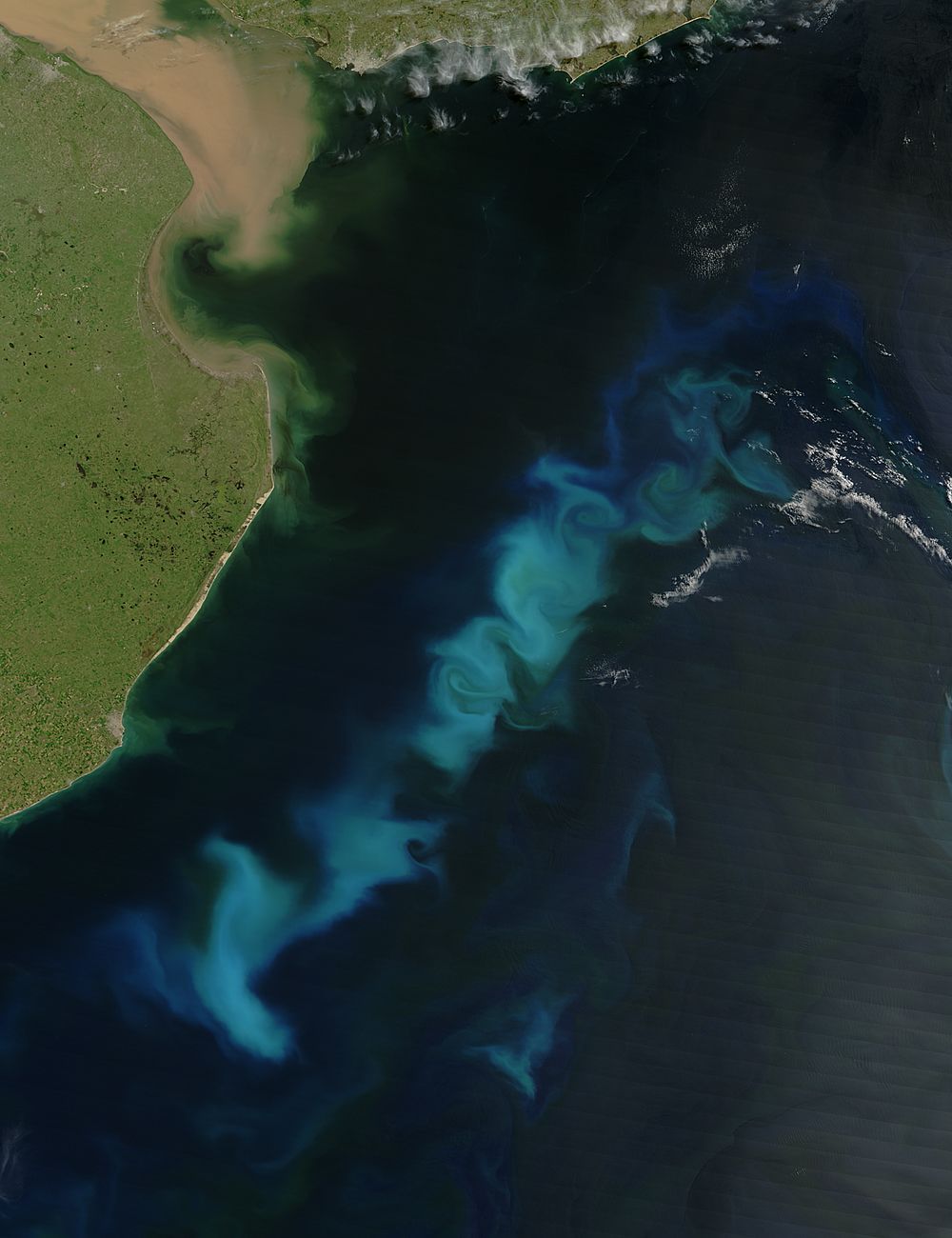GEOTRACES scientists discover new variability in iron supply to the oceans with climate implications
Researchers based at the National Oceanography Centre Southampton (UK) and at the University of South Carolina (USA) have found that the amount of dissolved iron released into the ocean from continental margins displays variability not currently captured by ocean-climate prediction models. This could alter predictions of future climate change because iron, a key micronutrient, plays an important role in the global carbon cycle. The amount of iron leaking from continental margins sediments was previously assumed to reflect rates of microbial activity within the sediments. Dr. William Homoky and co-authors found that rate of iron released from seafloor sediments close to continents is actually far more varied between regions because of local differences in weathering and erosion on land. The results of this study, which formed part of the GEOTRACES International Programme, are published in Nature Communications.

Figure: The image shows a satellite-captured view of a productive ocean margin in the western South Atlantic Ocean. Visible milky-blue swirls of ocean colour are blooms of tiny phytoplankton taking up carbon dioxide in the surface ocean. These blooms are caused by ocean currents, which stir nutrient laden waters from the continental margins into the sunlit surface ocean. Rivers, like the South American Río de la Plata or River Plate shown here, are an important source of nutrient-rich material to shelf systems. Credit: NASA http://visibleearth.nasa.gov/view.php?id=75351
Reference:
Homoky, W. B. et al. Distinct iron isotopic signatures and supply from marine sediment dissolution (2013), Nature Communications, 4:2143, DOI: 10.1038/ncomms3143. Click here to download the paper.
